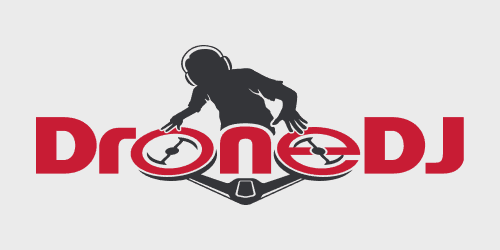
All societies have historically been dominated by males – particularly in business, especially in aviation, and certainly in drone activity. That influence is reflected in commonly used male-specifying terms like “airman,” “unmanned,” and – can we even note this one without wincing? – “cockpit.” Now a panel advising the Federal Aviation Committee (FAA) wants that to change.
FAA’s Drone Advisory Committee seeks greater inclusion and diversity via unbiased language
The FAA’s Drone Advisory Committee (DAC) delivered a report Wednesday recommending the adoption of gender-neutral language to replace masculine-heavy terminology in what inclusivity critics might well call the “brone” world. Those changes in an activity where men – and male-specific terms – are considered particularly overrepresented seek to initiate new thinking and attitudes, and stimulate greater diversity among leisure and business drone participants. They’re also intended to be replicated across the broader aviation sector – and, indeed, society.
“Research shows that the utilization of general-neutral language can lead to a more inclusive environment that draws more people to the industry and helps keep them there,” the DAC wrote in its report. “As it grows and matures, the drone industry has an opportunity to use and embrace gender-neutral language that defines it as an industry that is respectful, welcoming, and brings value to the receiver.”
The report refers to several studies demonstrating how the way people speak in collective settings tends to condition over-arching attitudes – with both positive, but often negative results. The DAC thinks cleaning up aviation’s lexicon with greater sensitivity to inclusion and diversity could go a long way toward leveling a pretty unbalanced playing field. Starting with drones.
“To ensure inclusion of all regardless of sex, gender expression, gender identity, and to avoid burdensome language, we recommend using gender-neutral language (e.g., “person”; “they”) rather than gender-binary (e.g., “man or woman”; “he or she”),” the report noted. “Avoiding imprecise and exclusionary language can create a work environment where all workers feel safe sharing their views, thereby improving psychological and operational safety.”
Male-dominated drone world must man up and lose its “-manned” jargon
That means all drone activity members – starting with journalists – will need to update past, biased terminology with neutral alternatives. Out is “airmen” in favor of “aircrew.” “Man-made” steps down for “fabricated” or “machine-built;” “repair man” for “repair technician;” and “unmanned” for “uncrewed.”
Oh, and the seriously way-too-gender-specific you-know-what pit? Call it a “flight deck.”
“On occasion masculine crew members have wielded the term ‘cockpit’ to exclude or undermine femme coworkers,” the report’s list of terminological modifications notes – graciously avoiding all the really disconcerting visuals the habitual reference can conjure up.
Moves to shift to gender-neutral language were already afoot within aeronautics, though perhaps not spreading as quickly as in wider society. Way back in 2006, for example, the National Aeronautics and Space Administration changed its guidelines away from “-manned” formulae. But the sector still has a long, long way to go. Only about 8% of all traditional airplane pilots certified by the FAA are women, with women piloting drones estimated at just 4% of the total.
FTC: We use income earning auto affiliate links. More.


Comments